Personnel from the Directorate of Emergency Services and Keller Army Community Hospital took immediate action, filtering civilian casualties through medical triage after a random shooting occurred April 14 at West Point. Meanwhile, military police officers executed appropriate crowd control measures and secured the area, awaiting the arrival of hostage negotiators from the Criminal Investigation Division. Nearby, the mobile DES Incident Command Post commanded the scene, keeping tabs on casualties and units, while reporting updates to the main Emergency Operations Center.
The incident was staged, but the actions of nearly 100 first responders and personnel from dozens of organizations were precise and real.
It was basically a "worst case scenario" played out at West Point to test the installation's preparedness, response and recovery capabilities.
Joe Colombo, plans and operations chief at the Directorate of Plans, Training, Mobilization and Security, said this was the capstone force protection event that started a week earlier with three evacuation exercises. In March, active shooter response strategies were discussed at a seminar here, inviting local, state and federal agencies to include the American Red Cross, the New York State Police and the FBI.
"The active shooter event is really a driver for us to identify where we have some shortcomings in our tactics, techniques and procedures," Colombo said.
The active shooter exercise engaged everyone from security personnel at the gates to the emergency operations center sending out alerts, initiating protocols and coordinating responses. Supporting this effort required the oversight of several directorates and organizations, from the Deputy Chief of Staff for Operations-G3, the West Point Public Affairs Office, Department of Public Works to the Corps of Cadets. Participants directed incident response actions from the Incident Command Post, supported first responders from the EOC at DPTMS, acted as role players or contributed as controllers and evaluators on site. Nearly 50 role players, mostly cadets and community members, acted as casualties during the mock incident.
Yearling Daniel Humenuck was eating in Grant Hall when it was announced there was a shooter outside.
"They told us to get away from the windows and then I heard an explosion," Humenuck said.
The cadets were told to stay inside the building and the front doors were locked, but a few exited the back door to assist casualties outside Grant Hall.
"I remembered seeing a trolley which we could use as a litter. It wasn't perfect, but it would work," the New Freedom, Pa., native said. "I'm a former lifeguard and an Eagle Scout, so I used to teach a lot of these basic first aid skills."
The Central Area still bustled somewhat with normal traffic, creating a realistic environment for the MPs who had to cease cadet activities in the vicinity and control movement as ambulances and first responder vehicles arrived.
The irregular surge tested the hospital's capacity to respond to the large influx of patients in a short period of time. Col. Edward Trudo, chief of ophthalmology, coordinated the immediate care of casualties a few hundred feet from the kill zone, directing Keller personnel and cadets as they treated wounds and assessed each patient prior to the arrival of the ambulances.
One evaluator applauded the initiative of some cadets who observed the activity and took active roles in the exercise. At Keller, hospital personnel were alerted about the exercise, but Joe Pfanzelter, emergency management director, said it was a complete surprise when the casualties arrived.
"The casualties arriving to the hospital had many different types of injuries and looked and played the part well," Pfanzelter said. "Some required decontamination and, hence, were sent through the hospital's decontamination shower system prior to them entering the hospital. Hospital staff responded according to Keller's Mass Casualty Response Plan and managed the incident well."
Several Orange County ambulance agencies, specifically from the towns of Highlands, Cornwall, New Windsor, Warwick and Mobile Life of Newburgh provided the necessary transport for the casualties from the incident site to the hospital.
Emergency preparedness is not limited to police, fire and medical personnel. It starts at home, and that's what DPTMS wanted to incorporate into the two-week exercise.
"This exercise was meant to combine the collaboration of the academy, the garrison and medical staff in a partnered event to ensure we can provide the highest level of protection, emergency response and recovery to West Point should the need arise," Col. Gus Stafford, USMA G-3, said. "We took into account lessons learned from the tragic incident at Fort Hood and other campus shooting events. I was very happy with the results of the exercise. However, more work needs to be done and we now begin to plan for our next exercise."
West Point supports a year-round outreach effort to involve the community in emergency preparedness, most visible in September throughout Emergency Preparedness Month.
"We try to engage the entire community in aspects of force protection, preparedness and readiness," Christopher Hennen, DPTMS Emergency Plans officer, said. "This includes shelter-in-place, first aid kits and how to recognize various alerts and warnings so you know how to respond. The better they are able to do that, the quicker we're able to resolve an incident, recover and restore operations."
On April 15, the focus switched from first responders to Families, as the exercise moved to the Family Assistance Center. The FAC is managed by Army Community Service and is activated during natural disasters, ongoing contingency operations and emergencies. Joe Gall, ACS director, said the mission is to provide Families with a "seamless flow of services" during and after an incident.
"This is a one-stop shop to provide on-site services for Soldiers and their Families," Gall said. "We can focus on cognitive and behavioral well-being, and reduce the stressors associated with traumatic events."
The FAC is fully-staffed with representatives from the American Red Cross, Balfour Beatty and the chaplain's office, to name a few, to provide information, referrals and other aid.
"It's also a place where Family members can decompress and talk to other Families," Gall added.
Chris Remillard, a Family and Morale, Welfare and Recreation evaluator, worked with DPTMS on creating the FAC exercise.
"It's all been good here," Remillard said. "The one area that we've been impressed with is the behavioral health aspect. There are a lot of specialists here and it's working better than planned."
Col. Dan Bruno, U.S. Army Garrison commander at West Point, was appreciative of the combined efforts involved in preparing and executing the exercise, but said more needs to be done to prepare West Point as a whole.
"Our biggest lesson learned is that this is not primarily about first responders who train and execute their duties daily, but about our cadets, employees and residents, and the proper actions they take and the attention and seriousness they give to this critical area," Bruno said. "We should never be satisfied that we are prepared."
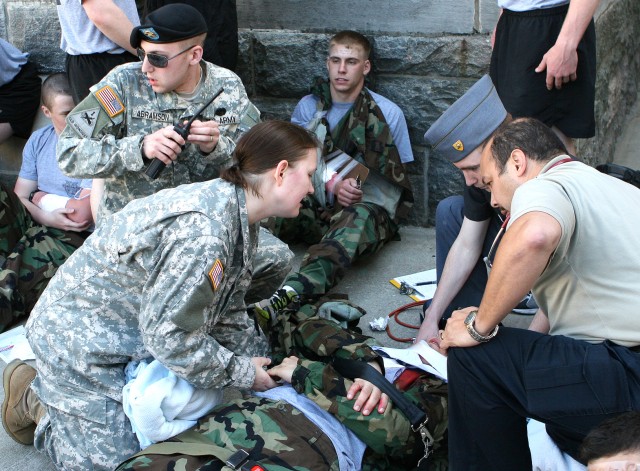

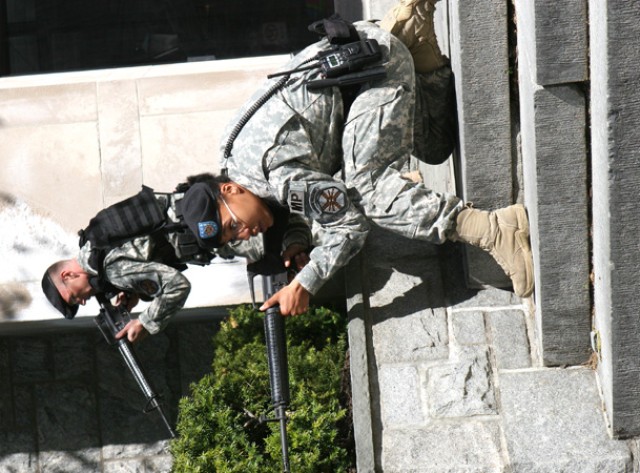
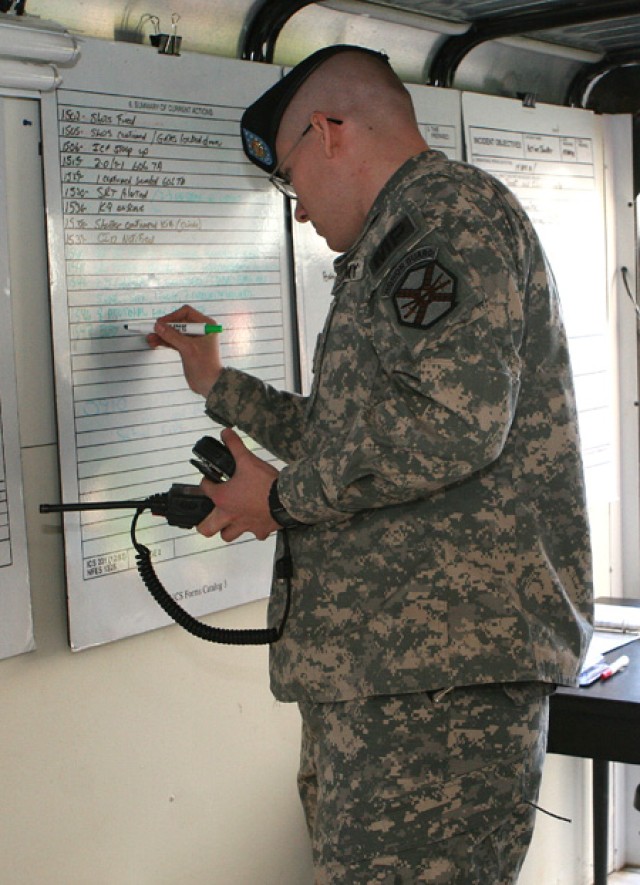
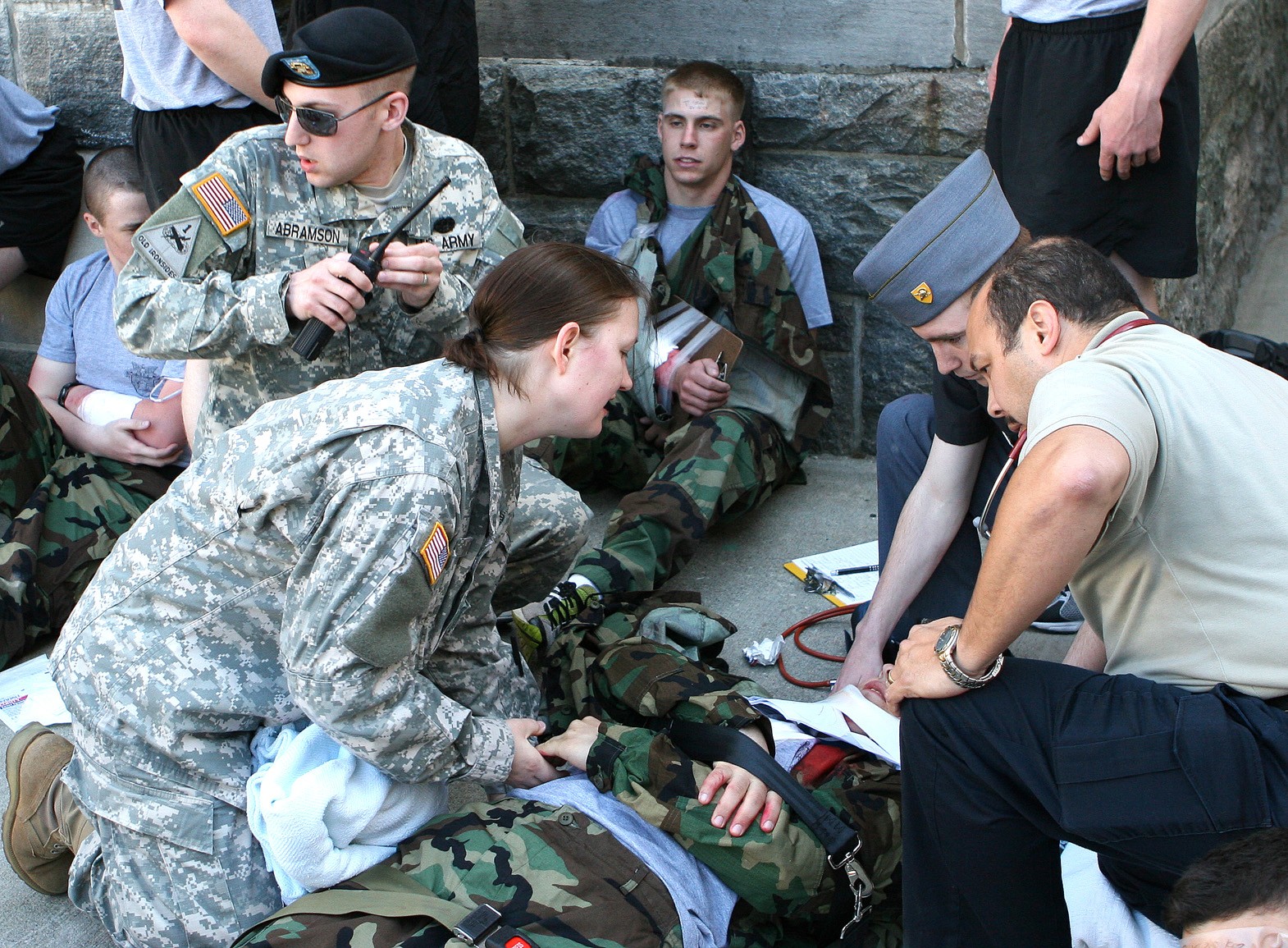
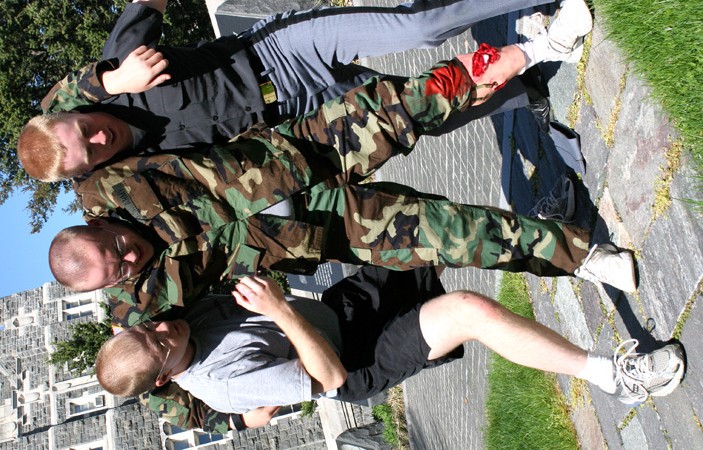
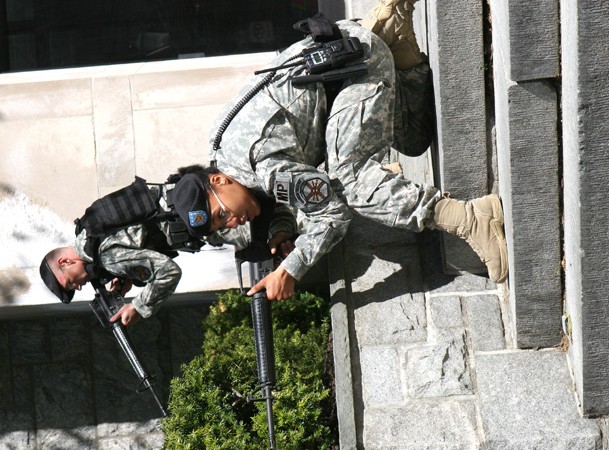
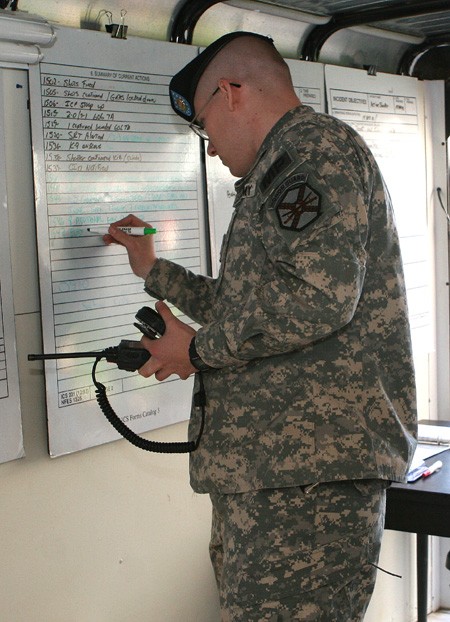
Social Sharing